

Engage prospects with a scan and streamline customer engagement with FREE QR code marketing tools by Sona – no strings attached!
Create a Free QR CodeFree consultation

No commitment

Engage prospects with a scan and streamline customer engagement with FREE QR code marketing tools by Sona – no strings attached!
Create a Free QR CodeFree consultation

No commitment
QR codes have evolved from novelty items to strategic tools bridging offline engagement with online action. In grout repair services, they enable seamless lead capture, improve customer communications, and educate property owners without extra technical hurdles. When every print touchpoint becomes scannable, you can shorten the distance between interest and action, allowing prospects to request estimates, watch repair demos, and book appointments in seconds. See how this works in qr codes in marketing.
Many grout repair businesses still rely on static materials like brochures, invoices, and signs. This traditional approach can lead to lost opportunities, as valuable prospects remain anonymous and are difficult to reach for follow-up. In competitive local markets, missing these prospects results in lost revenue and market share that could have been captured with a simple scan-to-book experience.
By integrating QR code campaigns, grout repair professionals turn every physical interaction, such as a flyer or maintenance checklist, into a direct channel for digital engagement and actionable insights. With the ability to accelerate lead capture, surface intent signals, and deliver timely information or offers, firms can reduce missed conversions and provide the real-time responsiveness today’s customers expect. Platforms like Sona QR make it easy to generate codes, route scans to the right destinations, and measure results across channels without complex setup.
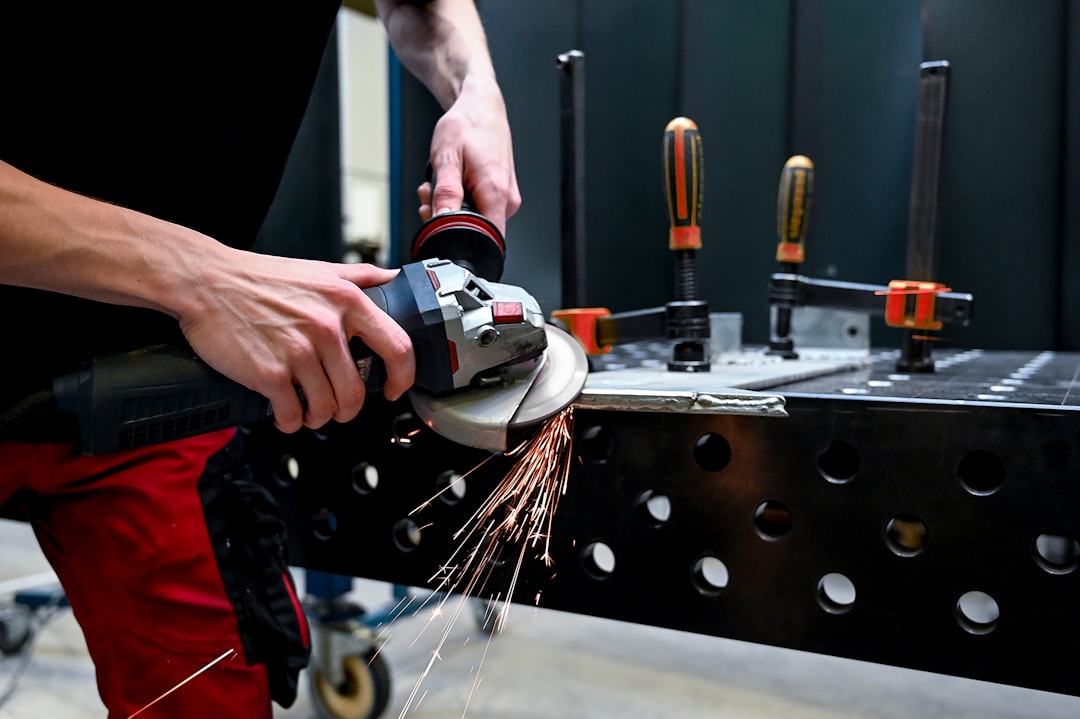
For grout repair businesses, bridging the gap between physical marketing and immediate digital action is a persistent challenge that often results in missed high-value prospects. Property owners frequently research repair services or take brochures home but never follow through due to the absence of frictionless next steps or cumbersome manual forms. QR codes remove these barriers by connecting print touchpoints to actions like getting an instant quote or scheduling a visit. For example, a scan on flyers can move a prospect directly into booking, and QR-driven maintenance marketing can keep your brand top of mind between service visits.
Replacing analog workflows with QR-driven journeys also lifts internal efficiency. Old processes like calling a main line to leave a voicemail, filling out paper estimate forms, or mailing back satisfaction surveys require manual processing and are easy to forget. In contrast, one scan can prefill a request, drive a self-serve booking, and automatically log engagement in your CRM for faster follow-up by your team. Start creating QR codes for free.
Modernizing customer access by replacing paper-based sign-ups with automated lead capture lets grout repair teams seize opportunities that once fell through the cracks. Automation can enrich every scan with UTM parameters and channel tags, then sync the data into your CRM so sales staff see context and can prioritize high-intent follow-ups. Over time, the result is a faster, clearer path from interest to scheduled work.
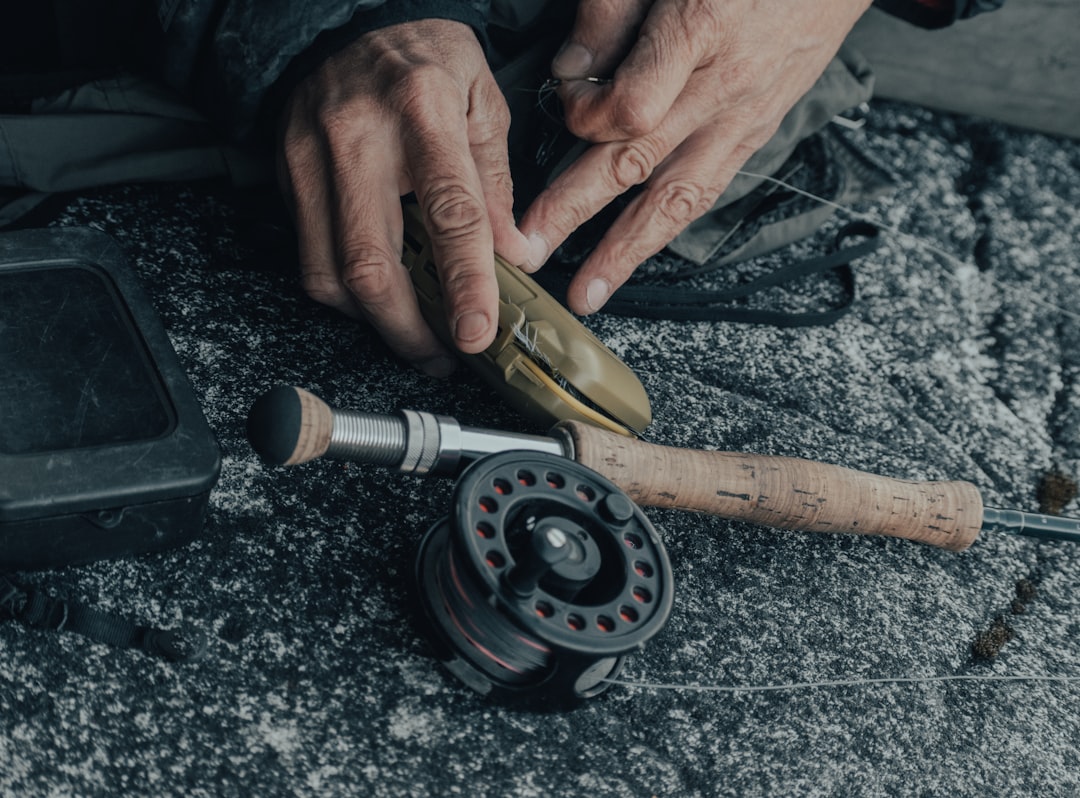
Lead generation and customer response speed are crucial in grout repair because most prospects are dealing with active problems like stained grout, failing caulk lines, or water intrusion. Traditional materials such as brochures, invoices, or yard signs provide helpful information but do not capture contact details or intent signals. QR codes convert these analog moments into immediate, measurable actions that keep you ahead of competitors.
Just as important, QR codes are simple for property owners and facility managers. There is no app to download and no long forms to complete. One scan can bring up a concise booking form, an explainer video, or a discount, making it easy to move from awareness to action. This simplicity pays off in faster conversion, better attribution, and reduced marketing waste, supported by disciplined revenue attribution.
By solving the problem of untracked interest and slow response times, QR codes deliver tactical wins like faster bookings and strategic gains like a cleaner acquisition model and stronger local presence.
Not every scan should lead to the same destination. The most effective grout repair programs match QR formats to customer intent and the context of the physical asset. When a homeowner is looking at a yard sign near a job site, they likely want a quick quote. When someone is reviewing an invoice after service, they are primed for feedback or referrals. Designing each code for the use case improves both conversion and customer satisfaction.
Dynamic QR codes are especially helpful because they allow you to change the destination as promotions, pricing, and service areas evolve. They also provide deeper analytics and integrations that roll up results across campaigns. Static codes can work for evergreen resources, but dynamic codes give you flexibility to test and iterate without reprinting.
Selecting the right format and destination for each moment in the customer journey is the foundation of a scalable, high-performing QR strategy.
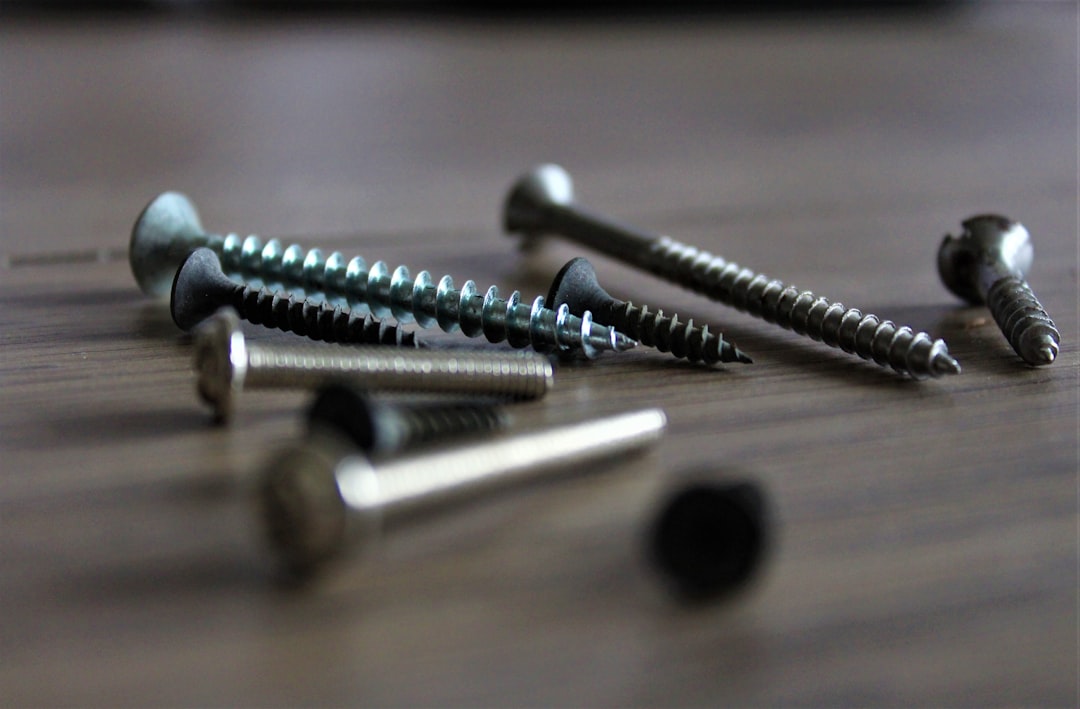
Grout repair demand often concentrates around live job sites, high-traffic neighborhoods, and retail or showroom environments where tile is on display. The challenge is that much of this interest is passive and anonymous. People notice your work, make a mental note to call, then forget. QR codes make these moments scannable so you can attribute and follow up instead of leaving results to chance.
Focus on placements that map to clear buyer intent. If you are installing new caulk lines in a condo complex, building managers are a prime audience for future leak prevention work. If you are partnering with a tile retailer, shoppers handling grout samples are likely to need installation or repair support soon. Making the path from interest to action as short as possible creates compounding gains over time.
By focusing on high-intent environments and using unique codes for each placement, you convert more ambient interest into qualified opportunities that your team can act on quickly.
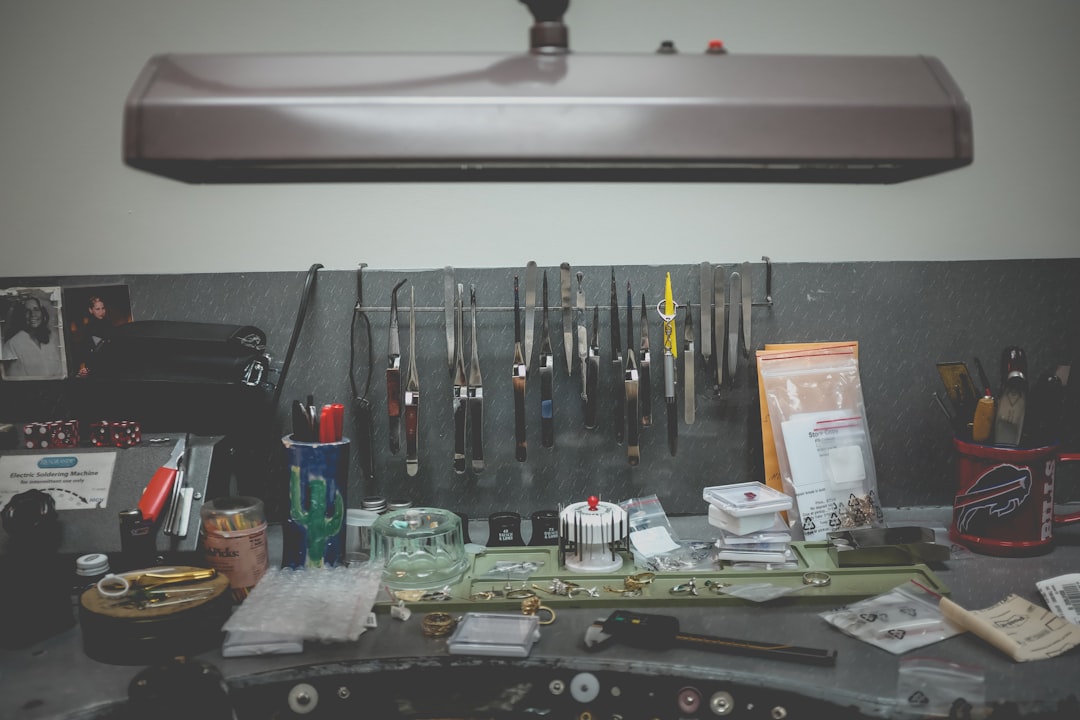
Traditionally, grout repair businesses relied on paper forms, voicemails, and word-of-mouth referrals. These methods often delay responses and leave potential demand unmeasured. QR-enabled workflows replace friction with instant action and data you can use to keep improving.
Design your QR portfolio around the most common customer actions: getting a quote, learning how service works, and leaving feedback. Each use case should have a clear outcome and a straightforward user experience that is mobile friendly.
As you test these use cases, track conversion rates and average response time. Small improvements at each step, such as simplifying the booking form or clarifying the video titles, can compound into meaningful revenue gains.
Each QR scan reveals intent, context, and timing that you can use to personalize follow-up. Over time, a well-structured QR program creates clear audience segments: homeowners seeking shower regrouting, property managers exploring annual caulk maintenance, or showroom visitors comparing grout colors. Segmenting these signals allows you to tailor messaging and offers with precision.
Integrating scan data into your CRM or marketing automation helps your team respond appropriately. A single scan from a truck wrap might trigger a quick follow-up SMS to schedule a quote. Multiple scans across how-to videos might trigger a drip email series that educates and nurtures. With Sona QR, scan events can be tagged and synced automatically to platforms like HubSpot or Salesforce for real-time action.
These steps ensure that every scan starts a tailored nurture journey. Your retargeting budget becomes more efficient because you are marketing to real intent, not generic demographic profiles.
Disconnected campaigns confuse customers and weaken brand trust, especially when messaging differs across print, trucks, and digital channels. QR codes unify the experience by giving every asset a clear next step and a common data backbone. Whether someone scans a yard sign or an invoice, their action routes to a destination that matches their context and builds on previous interactions.
A central platform like Sona QR helps manage dynamic content across all codes, ensures consistent naming and tagging, and consolidates analytics into a single view. This eliminates silos that make it hard to attribute results and gives your team the clarity to shift spend toward what is working today. Start creating QR codes for free.
When each channel drives to a consistent, on-brand experience through QR codes, you improve conversion and collect the data needed to keep optimizing.
Launching an effective QR campaign is less about printing codes and more about aligning each scan with a clear business outcome. Start by selecting high-impact use cases that reduce friction in your current process. Then design codes and destinations that are simple, mobile friendly, and measurable.
It is also essential to build testing and iteration into your plan. Small changes in call-to-action copy, code placement, or landing page layout can have outsized effects on scan rates and conversion. With a platform like Sona QR, you can update destinations, run A/B tests, and monitor performance without touching the printed asset.
Grout repair businesses often struggle with anonymous traffic and missed attribution that block growth. It is not enough to know a code was scanned; you need to attribute that action to booked jobs and revenue so you can invest confidently in what works. This requires consistent tagging, unified analytics, and integrations that turn scans into structured lead data. For strategy context, see Sona’s perspective on offline attribution.
A robust stack links each scan to its source and channel, then records downstream actions like form submissions, scheduled visits, and closed revenue. With Sona QR, you can centralize scan data across all codes, push it into your CRM, and build multi-touch attribution models that account for the many ways customers interact with your business before they book.
Modern analytics tools remove guesswork and let you prove how your offline assets generate digital outcomes. The result is smarter creative, better placements, and measurable growth.
Scaling what works requires a focus on attribution, automation, and frontline enablement. QR codes become more powerful when each scan triggers a helpful next step and when your team knows how to promote and support the experience. The more you standardize this across assets, the more consistent your results will be.
As you expand, build a library of proven CTAs, landing page blocks, and educational micro-content you can reuse across codes. This speeds execution, keeps messaging consistent, and reduces the time it takes to launch new campaigns or partners.
Small process improvements, consistently applied, produce significant lift in scan volume, conversion, and customer satisfaction.
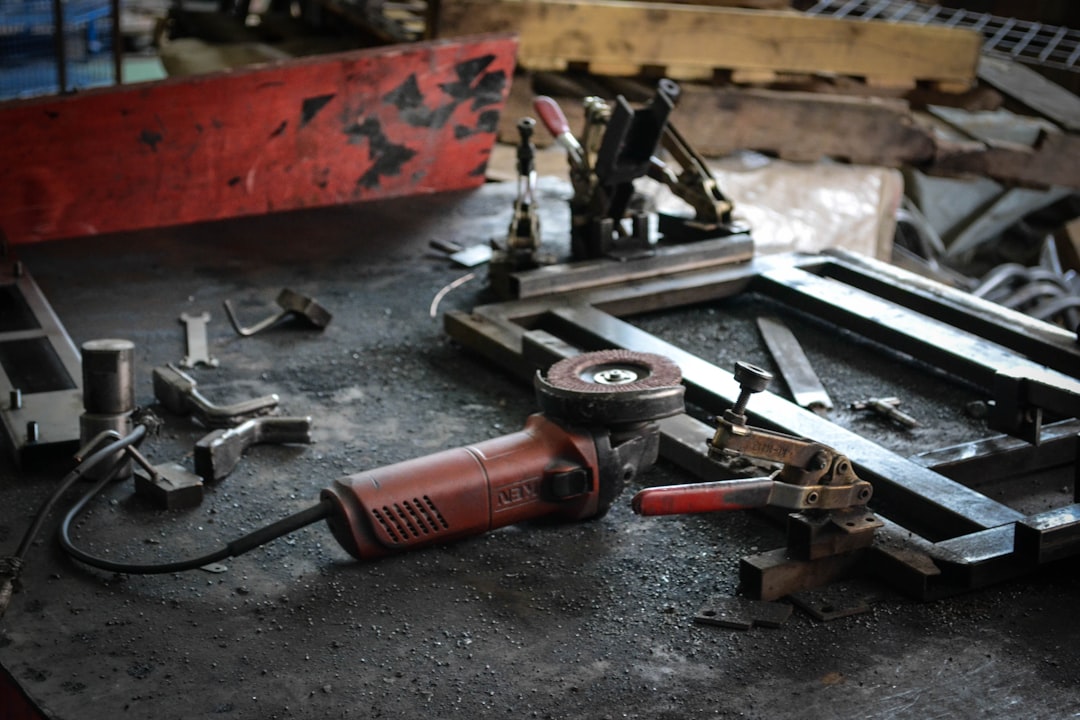
Real-world deployments show how quickly a simple QR program can plug attribution gaps and speed up sales cycles. By matching codes to context and keeping the user experience clean, grout repair teams can win more jobs without dramatically increasing spend.
The most creative campaigns elevate customer experience while gathering valuable data. Think of codes that not only capture leads but also help people make better decisions about their homes, such as choosing grout colors or learning how to prevent mold. These interactions build trust and set your team apart.
Use these examples as a blueprint: connect each code to a focused action, make the destination helpful and quick to complete, and tag everything so you can learn and improve over time.
QR codes are straightforward to implement, but the details matter. Design, placement, and destination quality directly impact scan rates and conversion. The goal is not just to get a scan; it is to create a smooth, valuable experience that customers will complete and appreciate.
Avoid the most common pitfalls by testing in real-world conditions and ensuring that the code and CTA are visible from the typical viewing distance. Also keep the landing experience light and mobile optimized. Friction at any point reduces follow-through and can sour the impression of your brand.
QR codes are now a foundational tool for grout repair services, turning job sites, estimates, and every print asset into a trackable gateway for digital engagement. By solving key industry frustrations like missed leads and lack of insight into offline activity, QR code solutions help businesses drive instant action, improve customer experiences, and build a predictable sales pipeline.
With a cohesive approach, grout repair teams gain seamless handoffs between print and digital marketing, consistent messaging, and actionable insights that optimize all campaigns. Every scan is a chance not only to capture interest, but also to nurture long-term relationships and uncover upsell or repeat service opportunities that fuel sustainable growth.
Supported by platforms for unified tracking, dynamic content, and analytics such as Sona QR and Sona, QR codes shift campaign management from guesswork to certainty. When you connect scans to revenue and route every action into your CRM, you build a marketing engine that captures more opportunities and turns real-world interest into lasting business results.
QR codes have transformed the grout repair services industry from traditional, static marketing into dynamic, measurable growth channels. Whether it’s streamlining customer acquisition, enhancing service accessibility, or providing instant access to repair tutorials and estimates, QR codes replace cumbersome steps with seamless, mobile-friendly actions that boost engagement and trust. Imagine customers scanning a code on-site to instantly view service details, schedule appointments, or access maintenance tips—turning curiosity into commitment in seconds.
With Sona QR, you can create dynamic, trackable QR codes in moments, update campaigns instantly without reprinting, and connect every scan directly to business outcomes like booked jobs and repeat clients. No missed leads, no wasted resources—just smarter, more effective customer interactions. Start for free with Sona QR today and transform every scan into a trusted relationship and a closed grout repair project.
Signs include stained grout, failing caulk lines, water intrusion, and visible damage around tiled areas.
The article does not specify grout repair costs but suggests prospects can request instant quotes via QR codes for accurate pricing.
You can use QR codes on local signage, flyers, vehicle wraps, or partner showrooms to quickly access booking forms, videos, and contact details for nearby grout repair professionals.
Professional grout repair addresses damage promptly, prevents further water intrusion, enhances appearance, reduces maintenance efforts, and can increase property value.
The process typically involves assessing grout condition, cleaning or removing damaged grout, applying new grout or caulk, and following maintenance guidelines provided through educational resources.
QR codes enable seamless lead capture, direct booking, customer education, faster response times, measurable marketing outcomes, and integration with CRM systems for better follow-up.
Dynamic QR codes that allow destination updates and tracking are preferred for campaigns, while static codes are used for evergreen resources like aftercare PDFs.
High-visibility assets such as job site signs, vehicle wraps, door hangers, invoices, warranties, retail showrooms, direct mail, and community boards are ideal locations.
QR codes on invoices, job completion sheets, and aftercare cards link to survey and review forms, enabling easy submission of feedback and triggering referral or service recovery workflows.
They should use clear calls to action, test code placement and landing pages, track scan data, integrate with CRM, and train staff to promote QR code usage effectively.
By tracking scan rates, conversion to booked appointments, time to contact, engagement with educational content, and revenue attribution linked to QR code interactions.
Avoid placing codes on hard-to-scan surfaces, using unclear messaging, neglecting testing under real conditions, and failing to optimize landing pages for mobile.
Scan data tagged by use case, location, and timing is synced to CRMs and ad platforms to segment audiences for personalized follow-ups and targeted advertising.
Automation enables immediate follow-ups, thank-you emails, review requests, referral incentives, and lead scoring without manual intervention, improving efficiency and conversion.
They reduce hesitation by explaining repair processes, maintenance tips, and product selection, leading to better-informed decisions and qualified service inquiries.
Use Sona QR's trackable codes to improve customer acquisition and engagement today.
Create Your FREE Trackable QR Code in SecondsJoin results-focused teams combining Sona Platform automation with advanced Google Ads strategies to scale lead generation

Connect your existing CRM

Free Account Enrichment

No setup fees
No commitment required

Free consultation

Get a custom Google Ads roadmap for your business






Launch campaigns that generate qualified leads in 30 days or less.
